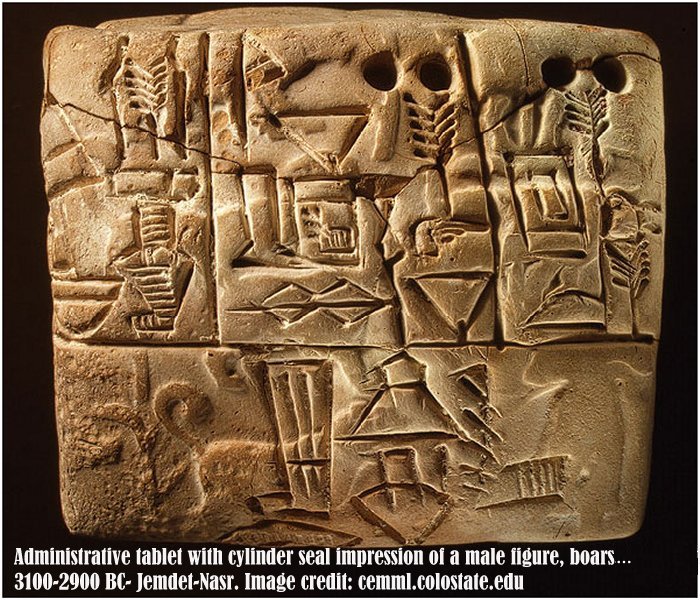Mesopotamian City Jemdet Nasr Dated To 3100–2900 BC: Sophisticated Irrigation Techniques And Earliest Cylinder Seals
A. Sutherland - AncientPages.com - Jemdet Nasr - related to the Jemdet Nasr period (3100–2900 BC) - was a small but important prehistoric settlement in southern Mesopotamia, what is today, Babil located south of Baghdad, between the Euphrates and Tigris Rivers, Iraq.
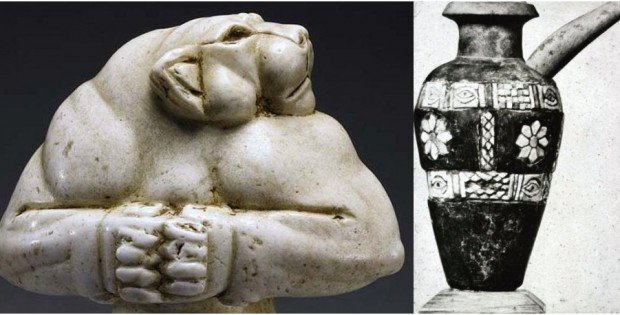
Left: Amazing Lioness-Woman Figurine dated stylistically to the Jemdet-Nasr period. (Sothebys New York; Right: Jemdet-Nasr pottery. Image:http://classics.unc.edu/
Excavations conducted in 1926 and 1928 revealed a large structure (92 × 48 m) constructed of both sun-dried and baked mud bricks, with clay roofing and ceramic gutters or drains. It had narrow rooms on three sides of a more open area, all resting on a brick platform. Additionally, more than two hundred inscribed clay tablets were found within the building.
The tablets and further excavations confirmed that ancient Jemdet Nasr was occupied during several periods, such as Ubaid (ca. 6500 to 3800 BC), Uruk (ca. 4000 to 3100 BC), and Early Dynastic (2900–2350 BC).
Jemdet Nasr ("Small mound of Nasr") experienced breakthroughs in the development of art, urban culture, writing, trade, and irrigation technology, which increased its importance. During this period numerous small Mesopotamian settlements developed into major cities, and the earliest cylinder seals came into use in southern Mesopotamia.
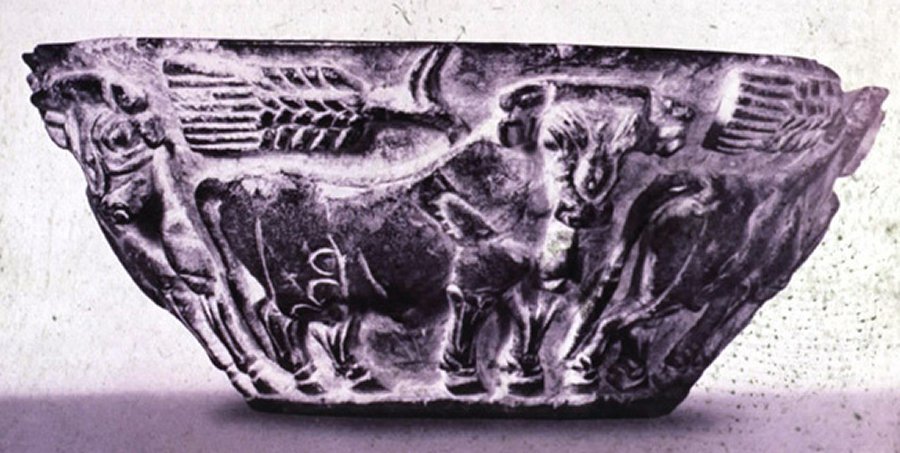
Steatite bowl with bulls in relief (5 cm. high). Found in a house of much later (Persian) times; dated stylistically to the Jemdet-Nasr period. Image credits: classics.unc.edu/
Pottery and cylinder seal impressions
The main features of the Jemdet Nasr are copper objects and pottery (large jars, bowls, spouted vessels, and cups), usually painted black and red geometric patterns. Other pottery forms found at the site include painted pots depicting both geometric motifs and depictions of animals, including birds, fish, goats, scorpions, snakes, and trees.
The pottery and cylinder seals clearly mark the difference between the Jemdet Nasr period (circa 3100-2900 BC) Jemdet Nasr and the proceeding Uruk period.
The cuneiform tablets, second in age only to those discovered at Uruk, mostly deal with agricultural administration, and some are covered with seal impressions, of which one – the so-called “City Seal“ impression, contains symbols for many neighboring cities including Ur, Nippur, Zabalam, Larsa and Kesh, and accompanying inscriptions which suggest these cities were some kind of a league, possibly engaged in sending offerings to Uruk.
The Jemdet Nasr period represents the final stage before the Sumerian Early Dynastic Period began in southern Mesopotamia.
No evidence for far-reaching trade contacts, exotic goods or precious stones were found, but Jemdet Nasr must have had intensive regional contacts with several cities in southern Mesopotamia, including Larsa, Nippur, Ur, Uruk, and Tell Uqair. Power was concentrated in the hands of kings-priests and religion played an important role in the social life of the city. During the Jemdet Nasr period increased the number of cities, temples, and buildings.
Sophisticated irrigation techniques were used for growing plants, which was very important due to inadequate rainfall.
The production of bronze, an alloy of copper and other metals, mainly tin, allowed the production of new weapons, and fortifications around the villages and city walls were built for better protection.
Written by – A. Sutherland AncientPages.com Senior Staff Writer
Copyright © AncientPages.com All rights reserved. This material may not be published, broadcast, rewritten or redistributed in whole or part without the express written permission of AncientPages.com
Expand for referencesMore From Ancient Pages
-
 Camas Plant Stewardship In The Pacific Northwest Dates Back More Than 3,500 Years
Archaeology | May 23, 2024
Camas Plant Stewardship In The Pacific Northwest Dates Back More Than 3,500 Years
Archaeology | May 23, 2024 -
 World Map Of Neanderthal And Denisovan DNA In Modern Humans
DNA | Apr 13, 2023
World Map Of Neanderthal And Denisovan DNA In Modern Humans
DNA | Apr 13, 2023 -
 Why Is The Oseberg Ship Burial A Great Viking Mystery?
Vikings | Jan 22, 2024
Why Is The Oseberg Ship Burial A Great Viking Mystery?
Vikings | Jan 22, 2024 -
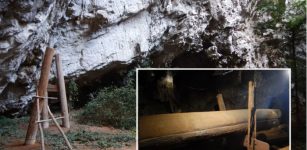 DNA Sheds Light On The Iron Age Log Coffin Culture In Pang Mapha, Thailand
DNA | May 20, 2024
DNA Sheds Light On The Iron Age Log Coffin Culture In Pang Mapha, Thailand
DNA | May 20, 2024 -
 Mysterious Unknown Caves And Tunnels Discovered Beneath The Olsztyn Castle
Archaeology | Jul 31, 2020
Mysterious Unknown Caves And Tunnels Discovered Beneath The Olsztyn Castle
Archaeology | Jul 31, 2020 -
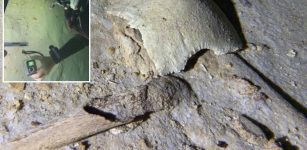 8,000 Year-Old Human Skeleton Discovered By Cave Divers Near Tulum, Mexico
Archaeology | Sep 15, 2022
8,000 Year-Old Human Skeleton Discovered By Cave Divers Near Tulum, Mexico
Archaeology | Sep 15, 2022 -
 Ptolemaic-Era Warship Discovered Near The Sunken City Of Heracleion In Alexandria By Underwater Archaeologists
Archaeology | Jul 20, 2022
Ptolemaic-Era Warship Discovered Near The Sunken City Of Heracleion In Alexandria By Underwater Archaeologists
Archaeology | Jul 20, 2022 -
 Paris Of Troy: He Caused Destruction Of Troy As The Seer Had Predicted
Featured Stories | Mar 26, 2019
Paris Of Troy: He Caused Destruction Of Troy As The Seer Had Predicted
Featured Stories | Mar 26, 2019 -
 How Did 20th-Century Philosophers Explain Ghosts And Other Spooky Subjects?
Featured Stories | Nov 8, 2024
How Did 20th-Century Philosophers Explain Ghosts And Other Spooky Subjects?
Featured Stories | Nov 8, 2024 -
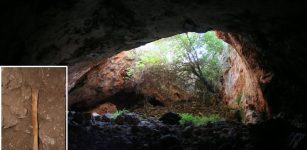 Ancient Human Remains Buried In Spanish Caves Were Subsequently Manipulated And Utilized
Archaeology | Sep 21, 2023
Ancient Human Remains Buried In Spanish Caves Were Subsequently Manipulated And Utilized
Archaeology | Sep 21, 2023 -
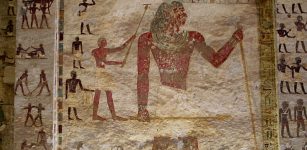 Rock-Cut Tombs Of Beni Hasan With Spells, Prayers To Osiris And Anubis And Map To Underworld
Civilizations | Feb 3, 2017
Rock-Cut Tombs Of Beni Hasan With Spells, Prayers To Osiris And Anubis And Map To Underworld
Civilizations | Feb 3, 2017 -
 Ancient Fossils Reveal Climate Altered Humans’ Body And Brain Size
Archaeology | Jul 8, 2021
Ancient Fossils Reveal Climate Altered Humans’ Body And Brain Size
Archaeology | Jul 8, 2021 -
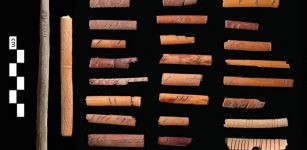 America’s First Casino Was Created By The Promontory Culture 700 Years Ago
Ancient History Facts | Apr 30, 2016
America’s First Casino Was Created By The Promontory Culture 700 Years Ago
Ancient History Facts | Apr 30, 2016 -
 Mysterious And Frightening Sculptor’s Cave Of The Picts Reconstructed In 3D Model
Archaeology | Dec 10, 2017
Mysterious And Frightening Sculptor’s Cave Of The Picts Reconstructed In 3D Model
Archaeology | Dec 10, 2017 -
 Unkulunkulu: ‘Great Oldest One’ Progenitor Of Mankind, Creator Of All Things And Origin Of Death In Beliefs Of Zulu People
African Mythology | Sep 30, 2019
Unkulunkulu: ‘Great Oldest One’ Progenitor Of Mankind, Creator Of All Things And Origin Of Death In Beliefs Of Zulu People
African Mythology | Sep 30, 2019 -
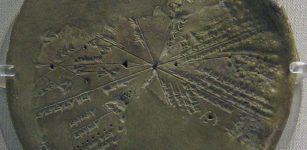 Assyrian King Ashurbanipal’s Great Library With Thousands Of Cuneiform Tablets
Civilizations | Dec 9, 2015
Assyrian King Ashurbanipal’s Great Library With Thousands Of Cuneiform Tablets
Civilizations | Dec 9, 2015 -
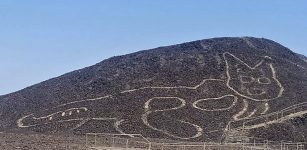 Giant 2,000-Year-Old Cat Geoglyph Discovered At Nazca In Peru
Archaeology | Oct 22, 2020
Giant 2,000-Year-Old Cat Geoglyph Discovered At Nazca In Peru
Archaeology | Oct 22, 2020 -
 Evidence Of Lost Advanced Ancient Technology In Babylon
Ancient Mysteries | Dec 4, 2018
Evidence Of Lost Advanced Ancient Technology In Babylon
Ancient Mysteries | Dec 4, 2018 -
 Mama Cocha – Inca Goddess Of The Sea With Strong Connection To Lake Titicaca, Peru
Featured Stories | May 26, 2020
Mama Cocha – Inca Goddess Of The Sea With Strong Connection To Lake Titicaca, Peru
Featured Stories | May 26, 2020 -
 On This Day In History: Powerful And Controversial Roman Emperor Frederick II Excommunicated – On Sep 29, 1227
News | Sep 29, 2016
On This Day In History: Powerful And Controversial Roman Emperor Frederick II Excommunicated – On Sep 29, 1227
News | Sep 29, 2016

